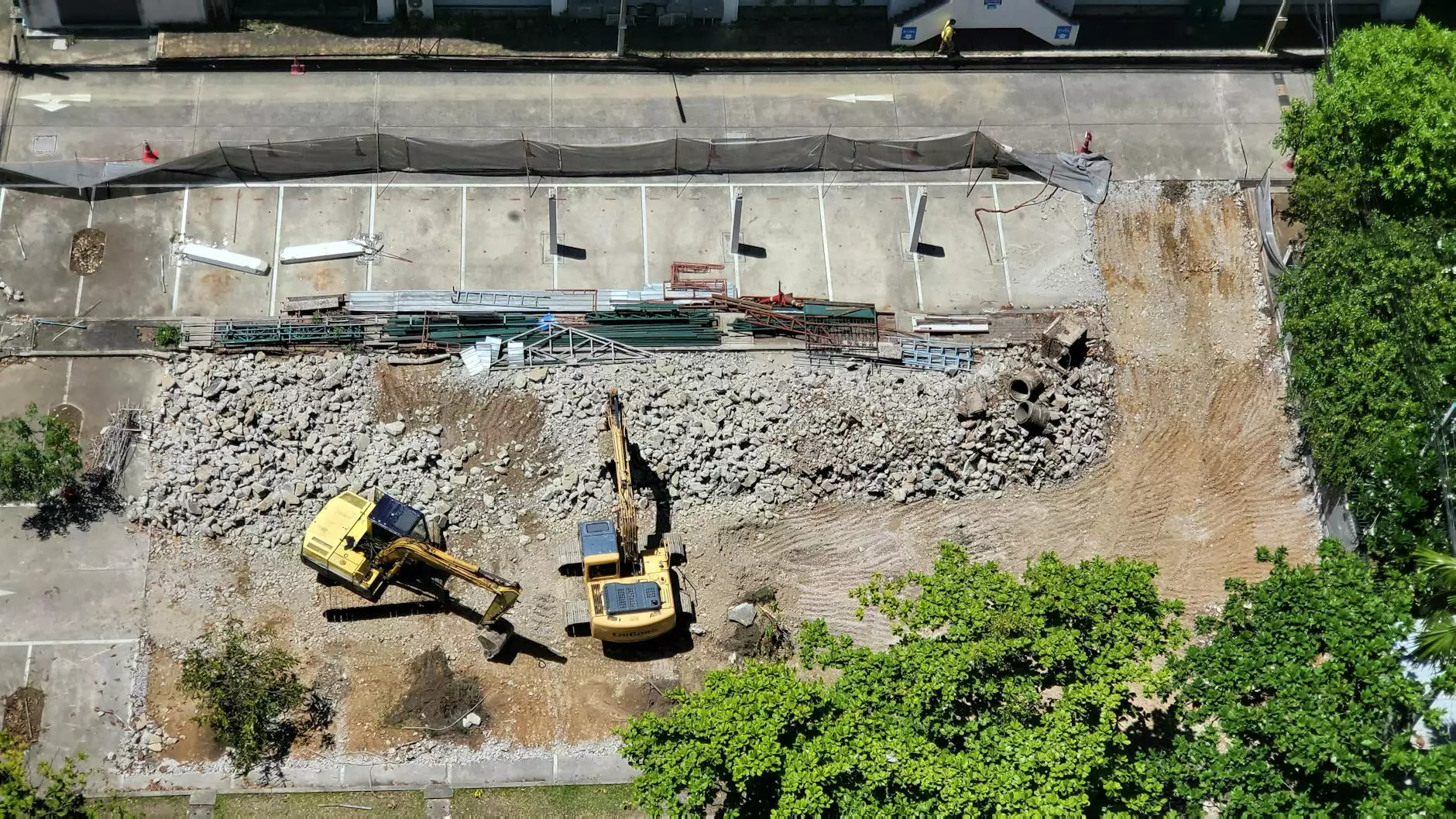5 Tips On How To Remove Construction Debris
Junk Removal
Introduction
Welcome to Raw Codex, your trusted source for comprehensive information on tackling construction debris removal. In this guide, we will provide you with five valuable tips on efficiently clearing unwanted materials from your construction site. Whether you are a professional contractor or a DIY enthusiast, our expert advice will assist you in effectively managing and disposing of construction waste.
1. Plan Ahead
Effective construction debris removal begins with careful planning. Before starting any project, create a detailed waste management plan that outlines your strategies for handling different types of debris. Identify the specific waste streams expected from your project and develop appropriate disposal methods for each. By proactively preparing for waste removal, you can save time, reduce costs, and minimize environmental impact.
2. Sort and Separate Materials
Sorting and separating construction debris is a crucial step in streamlining the disposal process. Categorize materials into different groups such as wood, concrete, metals, and plastics. This will facilitate recycling and ensure that each material is properly disposed of. Remember to remove any hazardous materials and separate them for appropriate treatment or disposal.
3. Utilize Recycling Options
Maximize your sustainability efforts by utilizing recycling options for construction debris. Many materials commonly found on construction sites, such as concrete, asphalt, and metal, can be recycled and reused in future projects. Research local recycling centers or consult with waste management companies to identify recycling facilities that accept construction waste. By recycling as much as possible, you can minimize landfill use, reduce the need for virgin resources, and contribute to a greener environment.
4. Consider Donation and Reuse
Before disposing of certain construction materials, consider donation and reuse opportunities. Items such as appliances, fixtures, windows, or excess building materials may still have value for others. Local charities, nonprofit organizations, or community groups often accept donations of gently used construction materials. By donating, you not only reduce waste but also support those in need while fostering community development.
5. Hire Professional Waste Management Services
If you are dealing with large amounts of construction debris or lack the resources to handle waste removal yourself, it's wise to consider hiring professional waste management services. Expert waste management companies like Raw Codex specialize in efficient and compliant removal and disposal of construction waste. They have the necessary equipment, expertise, and knowledge to handle different types of debris, ensuring safe and environmentally responsible waste management.
Conclusion
Proper construction debris removal is essential for maintaining a clean and organized worksite, reducing environmental impact, and complying with waste disposal regulations. By following these five tips, you can effectively manage and remove construction waste. Remember to plan ahead, sort and separate materials, utilize recycling options, consider donation and reuse opportunities, and seek professional waste management services when needed. Raw Codex is here to support you with all your construction debris removal needs. Contact us today for expert advice and reliable waste management solutions.










